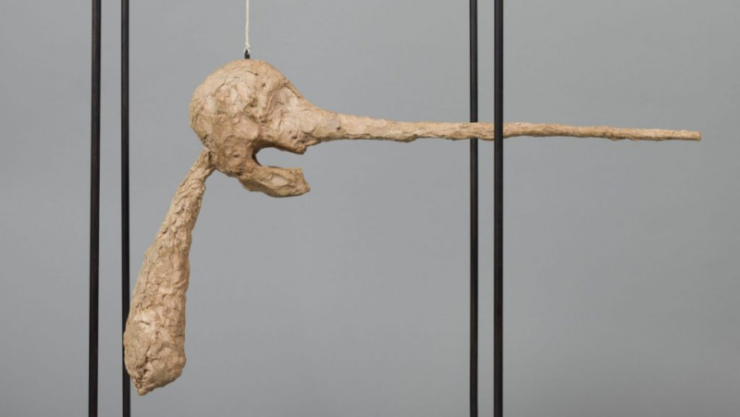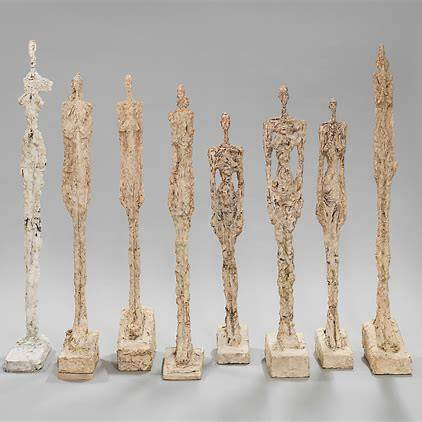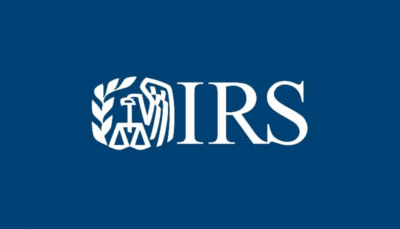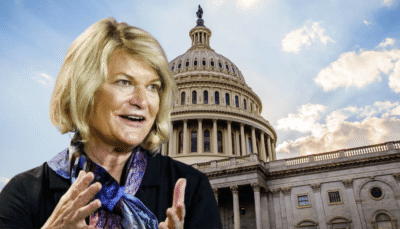In a high-profile legal dispute, cryptocurrency entrepreneur Justin Sun has filed a lawsuit against media mogul David Geffen over the ownership of Alberto Giacometti’s renowned sculpture, “Le Nez.” Sun claims his former art adviser, Sydney Xiong, forged his signature to sell “Le Nez” to Geffen, profiting from the unauthorized sale.
The controversy centers around “Le Nez” a celebrated work by Swiss sculptor Alberto Giacometti, known for its elongated and haunting form. Sun, the founder of the cryptocurrency platform TRON, claims he purchased the sculpture for $78.4 million as part of his extensive art collection.
However, he contends that Xiong, acting without his authorization, sold the piece to Geffen, the billionaire co-founder of DreamWorks, under fraudulent pretenses.
William Charron, Sun’s attorney, stated,
“Mr. Sun is a victim of theft. The thief has confessed, and the evidence of her theft, including her forgeries and fabrications to cover up her theft, are overwhelming.”
Geffen’s legal team maintains that the acquisition was legitimate, asserting that all necessary documentation was executed correctly. Tibor Nagy, Geffen’s lawyer, responded to the allegations by saying,
“Mr. Sun thinks his art adviser should have gotten him a higher price for Le Nez. His seller’s remorse, coming more than a year after this”

A veteran art collector, Geffen has built a reputation in acquiring and selling spectacular works of art, stamping even greater public interest on the larger-than-life case.
The lawsuit’s outcome may significantly impact the art world, particularly in verifying private sales and defining art advisors’ responsibilities.
As the case proceeds, it proves the need for transparency in art transactions, especially with new entrants from the tech and crypto circles in traditional art markets.
Both parties have chosen not to publicly comment aside from official legal proclamations. The art community and legal watchers are tracking the progress of the case, aware that the resolution may set a precedent for disputes in the future about the ownership of art and the integrity of sales agreements.
As the legal drama unfolds, the art community also waits for clarity on the rightful ownership of “Le Nez,” representing limitless desirability and value in modern sculpture.





